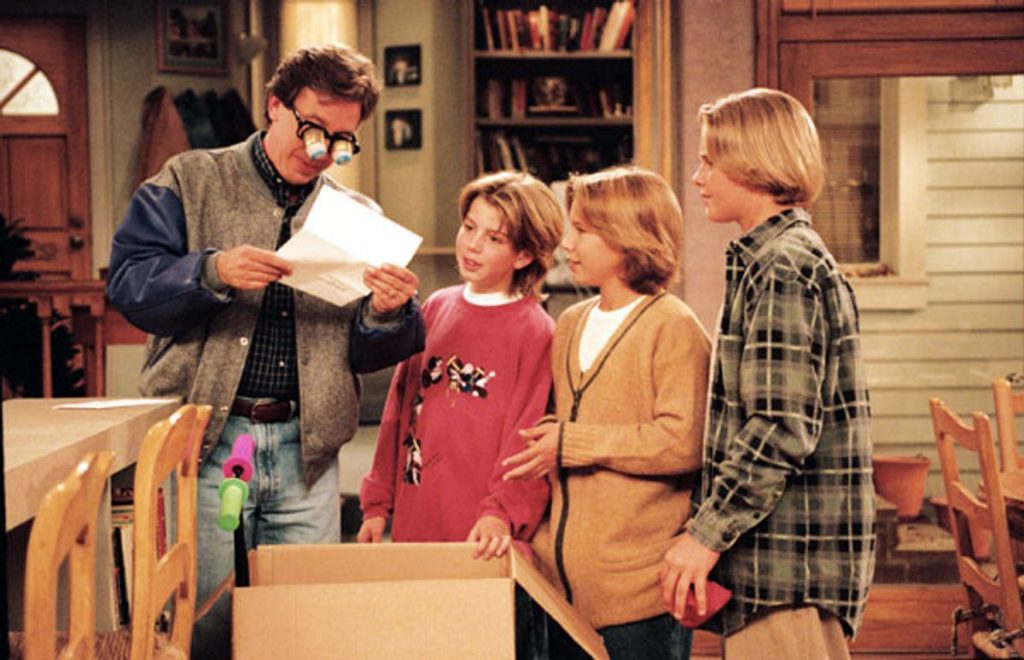State’s Teacher Shortage Hinting That Educators Avoid Progressive Schools?
One outlook on the Indiana teacher shortage suggests that teachers are fleeing districts that may cater to progressive agendas.

All across news outlets, there are reports to be found of teacher shortages all around the nation. Most of the time, the reasons for this are touted as teacher burnout, low salaries, and increased stress from criticism over what is being taught in schools. However, a new report detailing the Indiana teacher shortage suggests that there may be more than meets the eye.
One theory is that teachers are fleeing school districts that lean into progressive, liberal agendas. A new report from Chalkboard Review investigates the Indiana teacher shortage, depicting how the vast majority of vacancies are within schools and districts that align with left-wing politics and have implemented controversial equity and gender measures into academia. While still largely subjective, the report takes many factors into consideration, including distinct size and proportion, along with incentivizing pay.
As of August 15th, the Hoosier state had 3,056 job openings within public schools. 2,375 of those positions amid the Indiana teacher shortage were looking to fill educator and support staff positions. A large portion of those vacancies came from the state’s 12 largest school districts, all of which Chalkboard Review noted were of progressive stances.
One major issue with this finding is that it fails to address the fact that logically, there will be more openings in the large districts since more teaching positions are needed in areas where the student population is highest. However, a look at the rural districts’ percentages and lack of salary appeal is enough of a suggestion to many that fear politics is driving the Indiana teacher shortage. Within the twelve smallest districts, there were only 23 total teaching vacancies. Additionally, these schools all offered significantly less pay than their urban competition.
Putting aside proportions, a look at trends in school policies also may hint at the staggering results from the Indiana teacher shortage. Indianapolis Public Schools accounted for nearly 32% of the Indiana teacher shortage. With 816 open staff positions, the district is within a heavy democratic-leaning population. Chalkboard Review also accounts for this to coincide with upticks in violence at Indianapolis schools like Arsenal Tech, Washington, and Crispus Attucks High schools. However, increased incidents of violence at schools do not necessarily indicate that teachers are avoiding these schools because of progressive viewpoints.
Across party lines, people are trying to point blame for what has escalated the Indiana teacher shortage to vast numbers. The Indiana State Teachers Association claims it is due to overzealous conservative parents and the Republican party’s push for school reform. Others are pointing figures at new policies pushing things like school choice.

Semantics aside, there is no direct way to quantitatively measure what is driving the Indiana teacher shortage without getting directly to the source and asking educators who leave the schools behind them. People from varying stances and political parties all have their inclinations. Neither side is completely correct, and more than likely what is driving the mass exodus from education is a culmination of all of these things put together.



